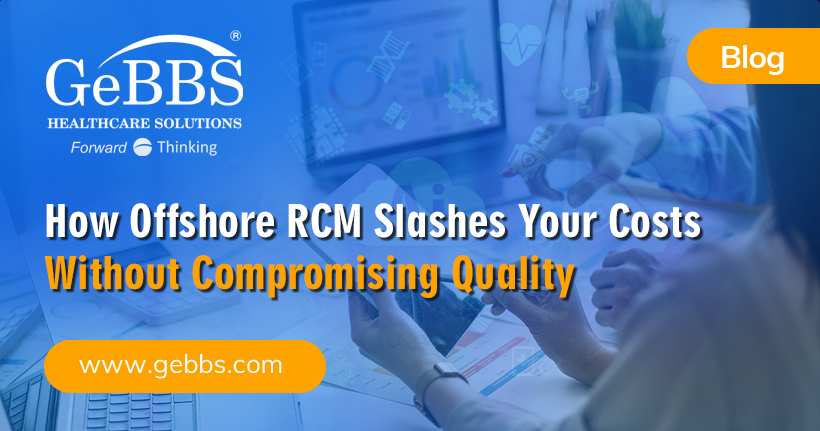Dual ICD-9/ICD-10 coding can generate benefits that far outweigh the negatives, if it can be done without creating productivity declines and revenue cycle slowdowns.
There is a huge cost factor to dual coding if you have to do it manually; however, there is a way to dual code without involving every coder on your staff in the process. Technology is available today in the form of computer-assisted coding (CAC) tools. CAC is a proven technology that automatically derives and assigns ICD-10 medical codes from within your clinical documentation with a 95% accuracy rate. For GeBBS, its proprietary algorithm built in its iCode coding platform leverages deep data learning principles of both ICD-9 and ICD -10 codes.
With this kind of technology, your organization can dual code in ICD-10, while still maintaining your present ICD-9 workload. These CAC technology solutions can work with your electronic health record (EHR) and financial systems to produce extremely accurate coding.
These systems do not replace your professional coders; they just aid them and ensure improvement: accuracy, compliance, productivity and consistency, while your facility is “getting up to speed” on the new ICD-10 codes.
CAC combines expert workflow technologies, rules-based automation, and certified coders to guarantee accuracy rates of over 95%. CAC features include:
• Works with all input formats (including HL7, Doc, PDF and TIF, scanned paper reports)
• Works across all medical specialties
• 95%+ accuracy
• 24 hours turnaround time
• No implementation costs
Dual coding using CAC technology will allow you to:
- Analyze your provider documentation and identify areas of risk, offering a clear picture of which providers require additional education, and which providers could serve as physician champions
- Assess the quality of your ICD-10 coding, which will enable you to identify the need for, and implement needed education
- Provide real time data and explicit direction to the clinical documentation improvement (CDI) staff
- Conduct time studies enabling HIM professionals to better prepare for their specific organizational needs through analysis of real time data and actual productivity metrics, rather than planning needed ICD-10 go-live support based on artificial data
- Test claims with insurance carriers, providing opportunity to identify and correct claim submission errors prior ICD-10 go-live
Some CAC technologies come with secure cloud-based auditing systems that work in conjunction with your EHR and coding platforms to provide complete medical record auditing that optimizes and accelerates your coding audit process.
Dual coding using CAC also enables financial modeling to determine how certain diagnosis-related groups (DRGs) might be weighted differently, how the new codes will affect reimbursement levels, and what edits may be required. This provides insights into the impact on net revenue or where additional or more comprehensive documentation will be required.






